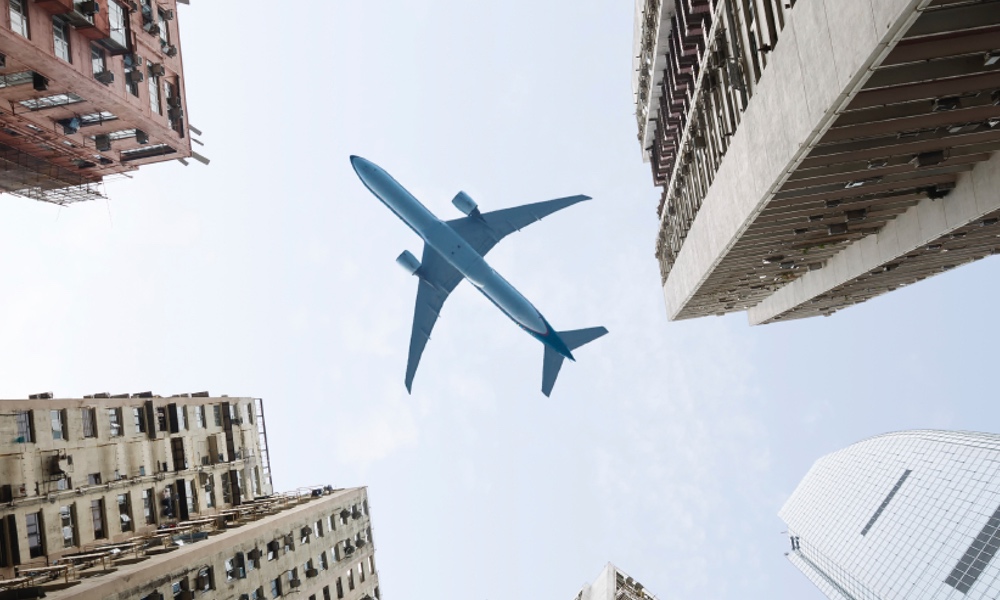As the COVID-19 virus spreads to more people every day, fears of a pandemic grow. While there's no guarantee when it comes to the coronavirus, one strategy for preventing an epidemic from becoming a global health threat involves having travelers pay attention to washing their hands when they're at the airport. Researchers at MIT suggest this simple step can cut the international spread of disease.
Gone are the days when plagues and epidemics spread slowly by ship. Today's international air travel allows the germs that spread disease to travel all the way around the world quickly. So it's only natural that airports would play a role in ending or shortening the spread of disease.
A small increase in people washing their hands at 10 major airports could slow the spread of a disease by about 25 percent, according to researchers. Larger increases would help even more, a study finds.“Seventy percent of the people who go to the toilet wash their hands afterwards. The other 30 percent don't. And of those that do, only 50 percent do it right.”
Using world air traffic data, computer simulations and information on how disease spreads determined in previous studies, the researchers' findings began to take shape with the estimate that only about 20 percent of people in airports have clean hands.
“Seventy percent of the people who go to the toilet wash their hands afterwards,” said the lead author of the current study, Christos Nicolaides, citing findings of previous researchers.“The other 30 percent don't. And of those that do, only 50 percent do it right.”
Recommendations are to wash for 15 to 20 seconds with soap and water, but many people skimp. Nicolaides and his team from the Massachusetts Institute of Technology (MIT) and the University of Cyprus estimated that only 20 percent or so of the people at the airport have washed their hands properly within the last hour and so have clean hands. The other 80 percent are potentially contaminating everything that they touch with whatever germs they are carrying, be they garden variety germs or those that are responsible for allowing an epidemic to spread.
He says that one important step that could be taken would be for airports to provide many more locations with sinks where people could wash their hands, especially outside of the restrooms where surfaces tend to be highly contaminated. In addition, more frequent cleaning of surfaces that are continually touched by people, such as armrests and door handles, could also help. Travelers should also try to avoid touching their hands to their faces.
Getting more people to wash their hands at all the world's airports would be a massive undertaking. It would be a lot simpler to do this at just 10 airports. And it turns out that not all airports are equally important in spreading disease; so if you pick the right 10 airports, this could have an impressive effect.
The team identified the 120 airports that are the most influential in spreading disease and found that they are not necessarily those with the most overall traffic. For example, the airports in Tokyo and Honolulu have a greater influence than one would suspect from the number of travelers passing through them. They rank 46th and 117th on the list in terms of traffic, but they have a much larger than expected influence on the spread of disease because they are located squarely between the East and the West and so see many long-range international flights with connections to the world's biggest airport hubs.
For any given disease outbreak, identifying the 10 airports from this list that are the closest to the source of the outbreak and getting more people at these airports to wash their hands turned out to be the most effective way of limiting the disease spread, they found.Boeing has developed a prototype of a self-sanitizing lavatory that uses ultraviolet light to kill 99.99 percent of disease-causing germs.
New technologies could also help. One example is Boeing's prototype of a self-sanitizing lavatory that uses ultraviolet light to kill 99.99 percent of disease-causing germs. But for the moment, the time-tested technique of hand washing seems to be the best bet for stopping the spread of disease outbreaks to distant parts of the world.
The article appears in Risk Analysis.





